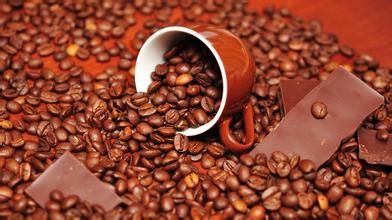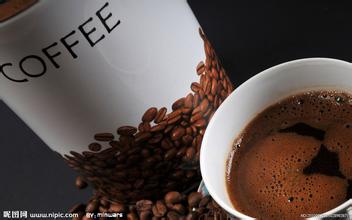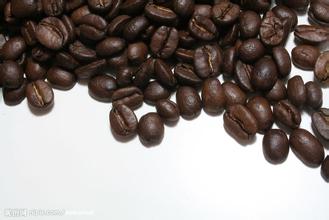Which kind of coffee tastes better Guatemala Antigua coffee boutique coffee beans Guatemalan coffee beans
But if you add Arabica/Robusta hybrids-Variedad Colombia, for example, which is the dominant Colombian coffee variety and has a quarter of the Robusta lineage and is therefore resistant to leaf rust and high in yield-and its mutant subspecies, the classification becomes more complex. Some Arabica coffee beans are quite close to the native species, and some Arabica beans are quite similar to the robusta species. Even if coffee is given the same name (from where it comes from), the flavor varies depending on the cultivar. Leaf rust tolerance varieties found in congo, africa, teach arabica species to be more resistant. People like to compare Robusta to Arabica coffee, but Robusta is actually a mutant of Congo (Coffea canephora), so it's Congo that should be compared to Arabica. To this day, however, the name Robusta has become common, and it is regarded as the same species as Congo.
Arabica coffee beans grow in cooler, high-altitude areas of the tropics. The hot, humid areas where Arabica coffee does not grow are where Robusta coffee grows. Robusta has a distinctive aroma (an off-flavor called "rob flavor," which some people think is a musty odor) and bitterness, which makes up only 2 -3% of the blend coffee and makes the entire cup of coffee Robusta. The flavor is so strong that you might want to consider tasting it directly. It is commonly used in instant coffee (which extracts about twice as much coffee as Arabica), canned coffee, liquid coffee and other industrial coffee production. Caffeine content is around 3.2%, much higher than Arabica's 1.5%.
The main producers of Robusta are Indonesia, Viet Nam and West African countries centered on Cote d'Ivoire, Algeria and Angola. In recent years, Viet Nam has made efforts to become one of the major coffee producers and has included coffee production in its national policy (Viet Nam also produces some Arabica coffee).

Important Notice :
前街咖啡 FrontStreet Coffee has moved to new addredd:
FrontStreet Coffee Address: 315,Donghua East Road,GuangZhou
Tel:020 38364473
- Prev

A detailed introduction of Papua New Guinea Coffee Flavor
The flavor of Papua New Guinea is more balanced and cleaner. As coffee in this country is widely grown in the highlands of 1300 to 1800 meters above sea level, its unique volcanic soil and abundant rainfall create excellent natural conditions for the growth of coffee; and because the local coffee varieties are introduced from the Blue Mountain Coffee in Jamaica, it belongs to iron card species. Coffee beans are basically washed with water to make
- Next

Arabica coffee tree hand-brewed coffee filter cup coffee beans
It is almost inevitable that the sharp increase in production leads to a decline in quality. Before 1991, the quality of coffee was good, and most of it belonged to open Y and so on. After 1991, the quality gradually declined, and then the European market was lost.
Related
- Does Rose Summer choose Blue, Green or Red? Detailed explanation of Rose Summer Coffee plots and Classification in Panamanian Jade Manor
- What is the difference between the origin, producing area, processing plant, cooperative and manor of coffee beans?
- How fine does the espresso powder fit? how to grind the espresso?
- Sca coffee roasting degree color card coffee roasting degree 8 roasting color values what do you mean?
- The practice of lattes: how to make lattes at home
- Introduction to Indonesian Fine Coffee beans-- Java Coffee producing area of Indonesian Arabica Coffee
- How much will the flavor of light and medium roasted rose summer be expressed? What baking level is rose summer suitable for?
- Introduction to the characteristics of washing, sun-drying or wet-planing coffee commonly used in Mantenin, Indonesia
- Price characteristics of Arabica Coffee Bean Starbucks introduction to Manning Coffee Bean Taste producing area Variety Manor
- What is the authentic Yega flavor? What are the flavor characteristics of the really excellent Yejasuffi coffee beans?

